
Blog
-
FR4 Quality – What to Expect
Posted by
–
 Read more: FR4 Quality – What to Expect
Read more: FR4 Quality – What to ExpectWhat is FR4? FR4 (Flame Retardant 4) is a type of printed circuit board (PCB) material that is widely used in the electronics industry. It is a composite material made of woven fiberglass cloth with an epoxy resin binder that is flame resistant. FR4 is known for its excellent mechanical, […]
-
Difference between PCB and Integrated Circuit
Posted by
–
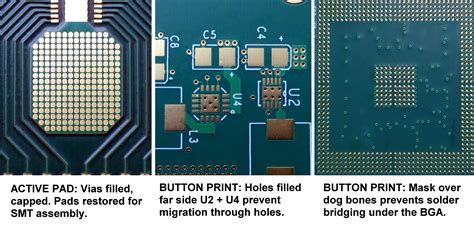 Read more: Difference between PCB and Integrated Circuit
Read more: Difference between PCB and Integrated CircuitIntroduction In the world of electronics, two terms that are often used interchangeably are PCB (Printed Circuit Board) and IC (Integrated Circuit). While both are essential components in electronic devices, they serve different purposes and have distinct characteristics. In this article, we will explore the differences between PCB and IC, […]
-
What is the inner layer of a PCB?
Posted by
–
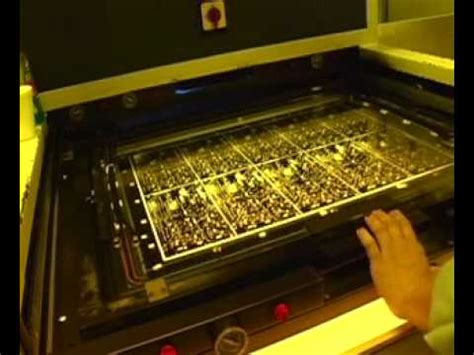 Read more: What is the inner layer of a PCB?
Read more: What is the inner layer of a PCB?Introduction to PCB Inner Layers Printed Circuit Boards (PCBs) are essential components in modern electronics, providing a platform for interconnecting various electronic components. While the outer layers of a PCB are readily visible, it’s the inner layers that hold the key to the board’s functionality and performance. In this article, […]
-
PCB Tips & Tricks
Posted by
–
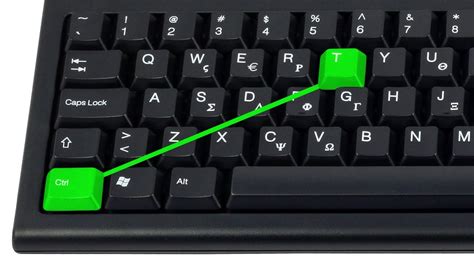 Read more: PCB Tips & Tricks
Read more: PCB Tips & TricksIntroduction to PCB Design and PCBHacks Printed Circuit Board (PCB) design is the process of creating the layout and circuitry for an electronic device. As technology advances and devices become more complex, efficient PCB design becomes increasingly crucial. This article will explore various PCBHacks – tips and tricks to optimize […]
-
Defined Impedance Calculators
Posted by
–
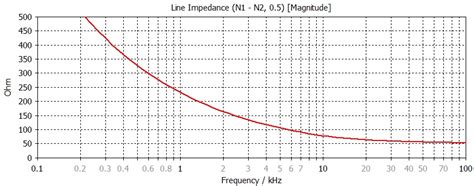 Read more: Defined Impedance Calculators
Read more: Defined Impedance CalculatorsWhat are Impedance Calculators? Impedance calculators are tools used to determine the impedance of an electrical circuit or component. Impedance is a measure of the opposition that a circuit presents to a current when a voltage is applied, and it is a complex quantity that takes into account both resistance […]
-
DipTrace and Gerber Export
Posted by
–
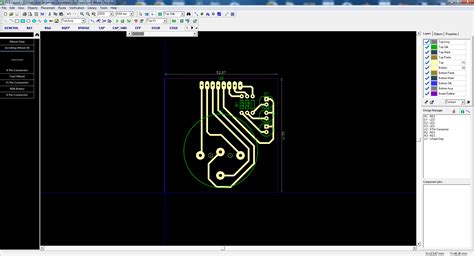 Read more: DipTrace and Gerber Export
Read more: DipTrace and Gerber ExportWhat is DipTrace? DipTrace is a powerful and user-friendly electronic design automation (EDA) software suite for creating printed circuit boards (PCBs). It offers a comprehensive set of tools for schematic capture, PCB layout, and 3D visualization. DipTrace is widely used by electronics engineers, hobbyists, and students for designing and prototyping […]
-
Easy pcb manufacturing tutorial
Posted by
–
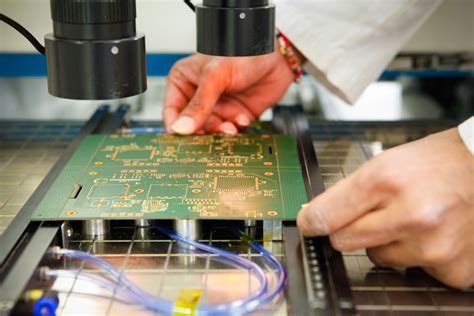 Read more: Easy pcb manufacturing tutorial
Read more: Easy pcb manufacturing tutorialIntroduction to PCB manufacturing Printed Circuit Boards (PCBs) are essential components in modern electronics. They provide a platform for mounting and connecting electronic components, allowing for the creation of complex circuits in a compact and efficient manner. This tutorial will guide you through the process of PCB manufacturing, from designing […]
-
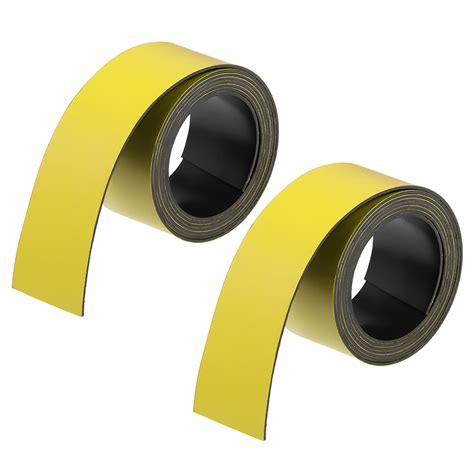 Read more: The question about magnetic tape erase record circuit
Read more: The question about magnetic tape erase record circuitIntroduction to Magnetic tape erase Magnetic tape has been a reliable storage medium for audio, video, and data for several decades. The process of erasing and recording on magnetic tape involves a complex circuit that ensures the proper functioning of the tape recorder. In this article, we will explore the […]
-
How do I redeem a coupon on RAYPCB
Posted by
–
 Read more: How do I redeem a coupon on RAYPCB
Read more: How do I redeem a coupon on RAYPCBIntroduction to RAYPCB and its Coupon System RAYPCB is a leading online platform that offers high-quality PCB (Printed Circuit Board) manufacturing services at competitive prices. The company is known for its state-of-the-art technology, experienced team of professionals, and excellent customer support. To make their services even more accessible and affordable, […]
-
Mentor impresses with PCB layout software
Posted by
–
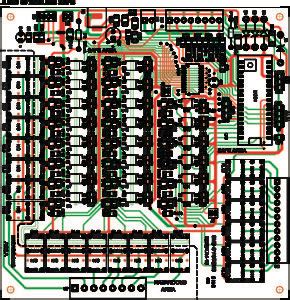 Read more: Mentor impresses with PCB layout software
Read more: Mentor impresses with PCB layout softwareIntroduction to




